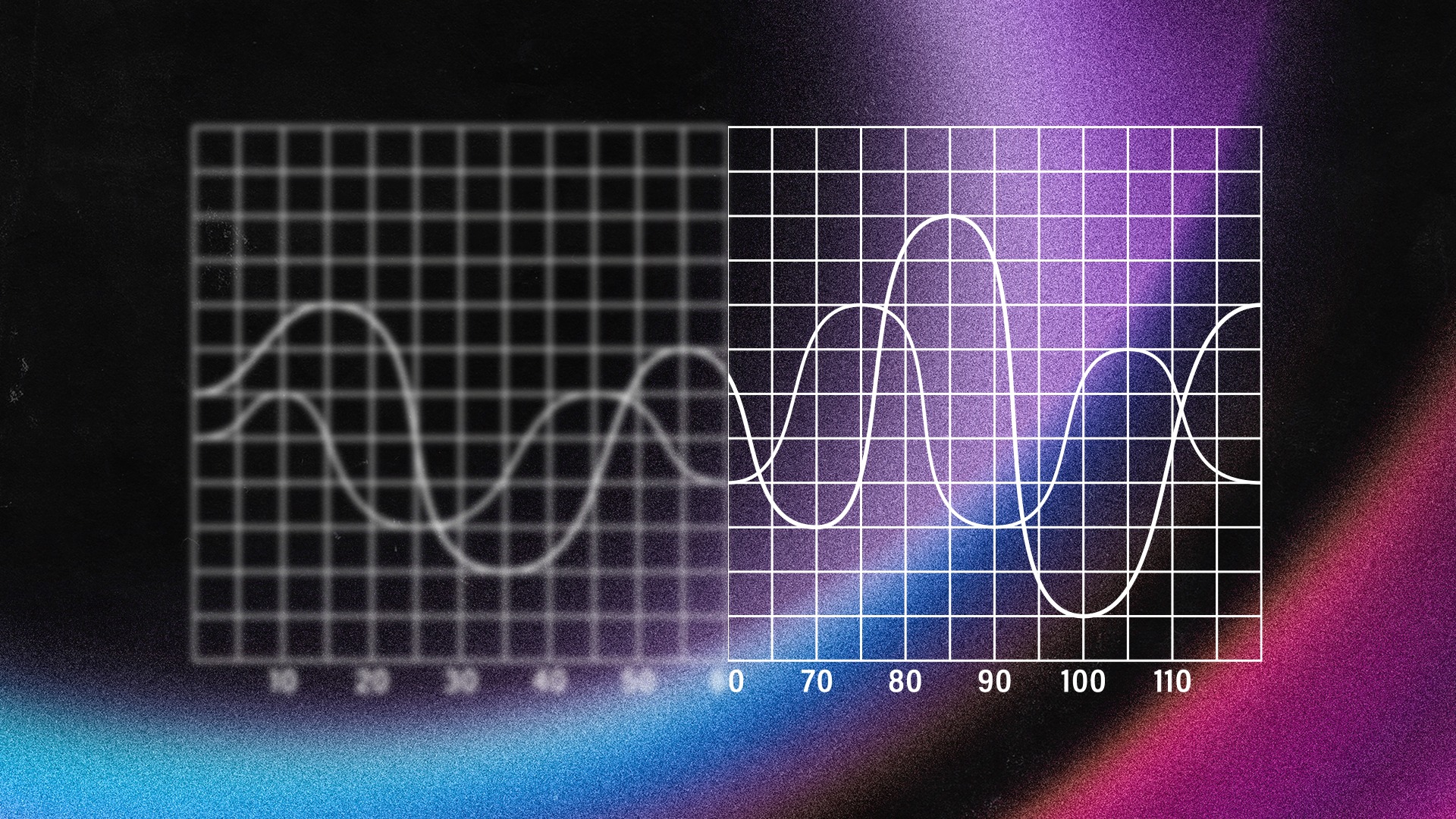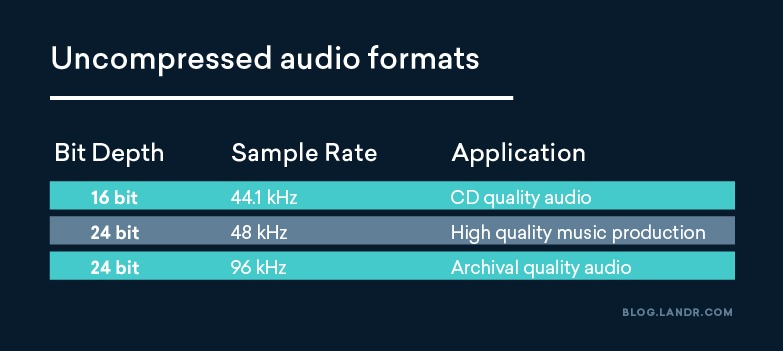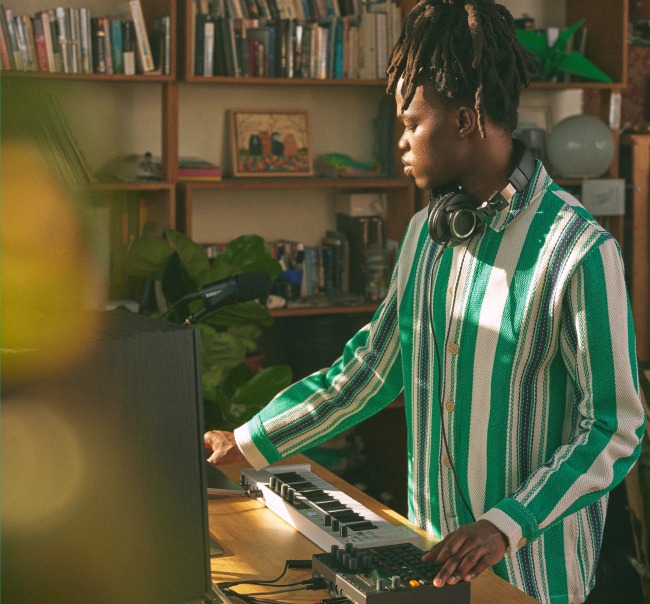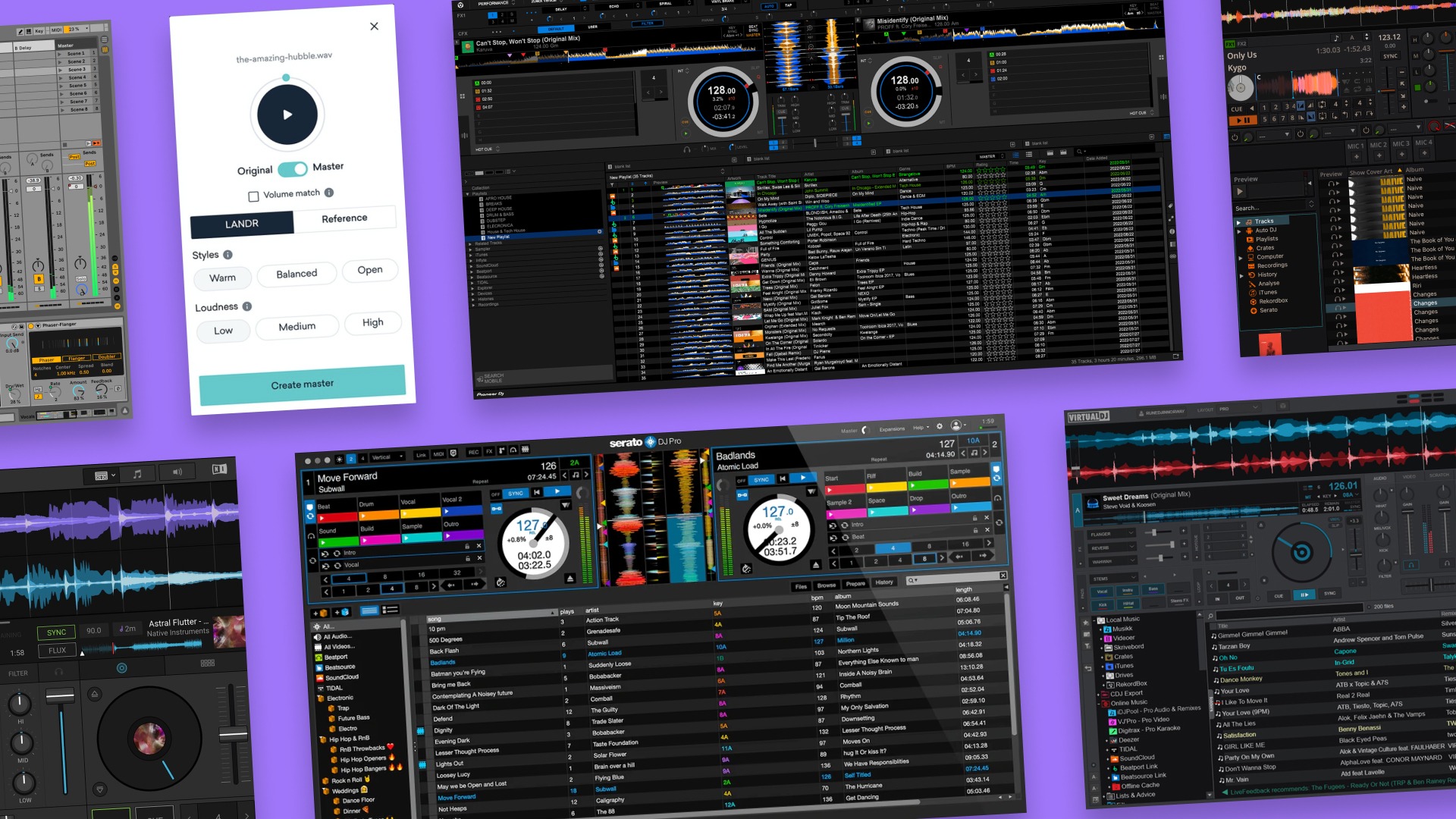
What is Remastering? How & Why Artists Remaster Their Music

The way we listen to music is constantly changing. That's why so many producers are curious about how remastering can help with updating older recordings to modern standards.
As the final stage of the music production process, mastering matters, and there are plenty of resources out there that explain why.
But what about remastering? What is a remastered song? And what is the difference between mastering and remastering?
In this article, we’ll explain the difference between a master and a remaster, and when a song or album might benefit from the latter.
What does remastered mean?
If you’re part of the majority of people who have consumed music on a streaming service such as Apple Music or Spotify, you’ve likely seen the term “remastered” or “digitally remastered” after a track or album name.
This means a specialist engineer has taken the original mix or premaster, and applied the mastering process again, usually using updated digital mastering tools and techniques.
What is remastering?
Remastering is the process of bringing older recordings up to modern loudness standards with traditional mastering techniques, including EQ, compression, peak limiting and stereo enhancement.
As well as incorporating the same processes as traditional mastering, remastering may also involve some audio restoration processes that improve the audio fidelity of the original recording.
In practice, remastering is about giving tracks a new lease of life while remaining true to the sound of the original master.
It is said that a master should merely make a good mix sound great, and the same is true of remastering.

Here's a quick look at the history and fundamentals of mastering.
What is the difference between a remix, a remake and a remaster?
The most commonly accepted definition of a remix is when a producer takes the various components that make up an original release, and uses them to create a new composition.
This might involve adding, removing or rearranging sounds, changing the tempo, structure and style of the song or transforming it into a completely new composition.
In other cases, a remix might refer to the process of altering the way a track is mixed, without changing the components or arrangement of the track.
A remake is when an original track is reperformed, recorded or reproduced. Ramakes might be carried out by the original artist or by a cover artist. Remakes tend to contain the same lyrical and musical content of the original track, but might use new instruments or sounds in order to achieve a different sound or aesthetic.
A remastered song describes a track that has been mastered again in order to bring it in line with new loudness standards or audio formats.
Remastered records might include old music that needs to be made louder, or more recent music that needs to be made compatible with new audio formats such as Apple Music’s Spatial Audio with Dolby Atmos.
Why do artists remaster their songs?
The way we make, mix and master music has evolved significantly over the past 50 years. As a result, mastering trends and loudness standards have evolved too.
Let’s take a look at some of the main reasons why a song might get a remastered version.
1. To adjust loudness and dynamics
Before the arrival of CDs in the 80s, a song or album would be mastered specifically for vinyl, as this was the principal audio format at the time. The loudness of a vinyl record was restricted by its high noise floor and low dynamic range. Additionally, large and sudden peaks in a record could cause the needle to jump out of the groove.
CDs weren’t affected by this issue, and had a much higher dynamic range with a lower noise floor. This gave engineers the ability to master tracks to be much louder than had previously been possible. The transition from vinyl records to CDs is widely credited for adding fuel to the loudness wars fire.
Armed with the ability to turn their masters up to 11, artists, engineers and record labels began to issue remastered versions of albums in order to bring them up-to-date with ever-changing standards.
Early adopters of the practice of remastering included The Beatles with their Abbey Road remaster, and Led Zeppelin’s Remasters compilation album.
2. To be more DJ-friendly
If you’re a DJ, you might be familiar with the problem of mixing from one track into the next, only for the second track to lack the volume and impact of the previous one.
This can suck the energy out of a dancefloor, leaving you red-faced as you search for a certified crowd-rescuer in your emergency playlist. Remastering older music is a great way to ensure that all of the music on your USB is mastered to today’s loudness standards.
3. To be compatible with new audio formats
Historically, prime candidates for remastering would include original music from the 60s, 70s and 80s that was noticeably quieter than more recent songs or albums.
More recently though, new ways of listening to music has resulted in more artists getting their music remastered.
In 2021, Apple brought Spatial Audio with Dolby Atmos to their music streaming service, along with lossless audio. But in order to utilise this powerful new technology, records must go through a new mastering process that supports the Dolby Atmos format.
This meant that by 2022, music that was mastered and released just two years earlier needed to be remastered if it wanted to compete with the sound quality and immersion of up-to-date masters.

How to remaster a song
Now that we’ve covered the meaning of remastering, let’s look at a few ways in which you can remaster a song yourself.
1. Use LANDR’s online mastering tool
Let’s say you want to play an older song on the radio or in a live setting, but the original master sounds flat, quiet and dated compared to newer masters. Digitally remastering it might be a suitable remedy.
Paying a dedicated mastering engineer or remastering engineer certainly has its advantages, but you might not want to shell out for the service each time you want to give an old recording a subtle freshen up.
In situations like this, using an AI-powered online mastering tool such as LANDR online mastering is a budget-friendly and efficient way to get the job done.
Simply drag and drop the original master into LANDR’s online mastering engine, then wait for it to analyze the track and build a custom mastering plugin chain.
After a few moments, the preview will be ready, at which point you can adjust the Style and Loudness of the remaster using the simple-to-use LANDR online mastering interface.
You can also switch between the Original and Master versions to compare the original master against LANDR’s digital remastering. LANDR online mastering is a perfect solution for those who want a quick and simple method of carrying out high-quality audio mastering and remastering.
2. Use LANDR Mastering Plugin
If you’re looking for slightly more hands-on control, then the LANDR Mastering Plugin might be a more appropriate solution for you.
LANDR Mastering Plugin boasts the same industry-leading AI mastering engine as LANDR’s online mastering tool, but packages it into a powerful plugin that grants you access to the usual tools you’d expect to see in a traditional mastering chain.
You get Warm, Balanced and Open mastering presets, along with an Equalizer, De-Esser, Stereo Field, Dynamics, Presence and Loudness control. The LANDR Mastering Plugin strikes the ideal balance between creative control, ease of use and the power of AI.
3. Carry out a complete remaster with plugins
If you want to really get under the hood when remastering original mixes, you might opt to use plugins for a ground-up, manual mastering approach.
This tends to give slightly more control than the other methods of remastering we’ve outlined above, but it will require you to have more knowledge, more time, and more plugins too.
Whether you’re looking to apply original mastering to your own final mix, or you want to apply a modern remaster to tracks from the 60s, it’s important to know how to approach the mastering process for a professional sound.
Remastering explained
Now that we’ve uncovered what differentiates mastering from remastering, you might want to dip your toes in the world of remastering.
Try listening to old projects and playlists, identifying ways in which you can improve a song by remastering it with a new goal in mind.
LANDR’s online mastering service is a great place to start, and lets you preview your premasters for free.
Gear guides, tips, tutorials, inspiration and more—delivered weekly.
Keep up with the LANDR Blog.








